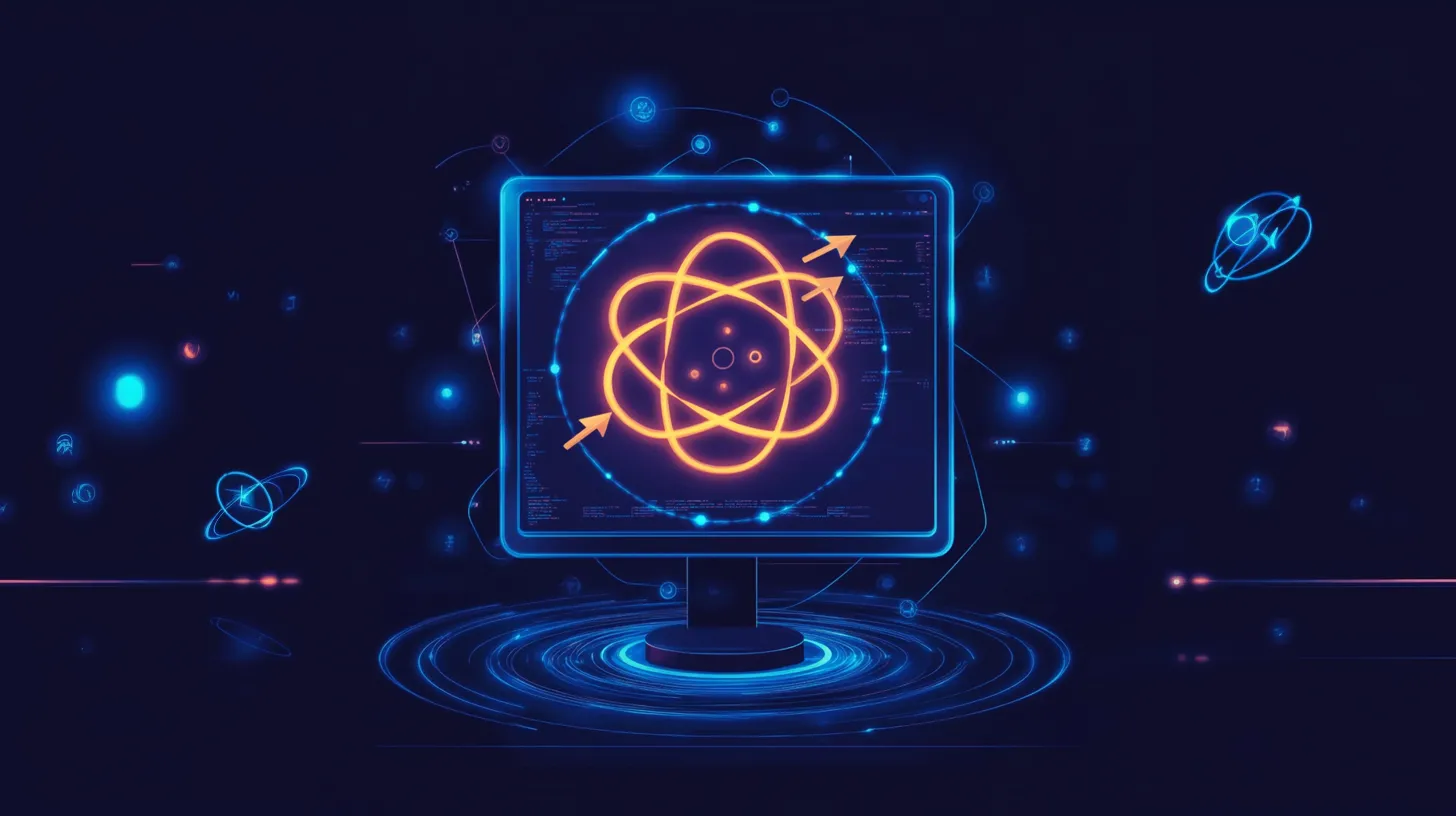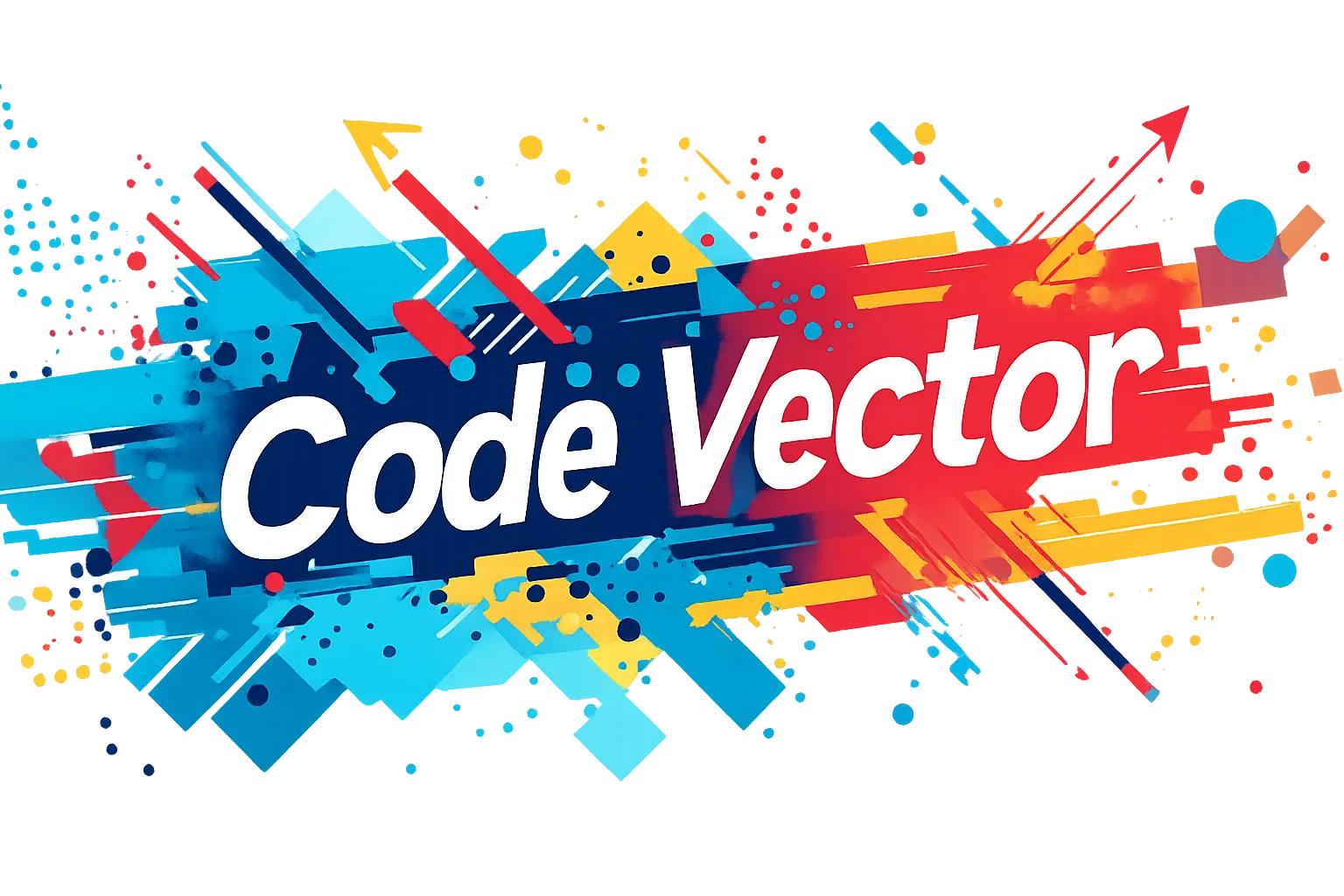
React.js remains one of the most powerful and in-demand frontend frameworks — and learning it well can help you access high paying jobs with companies using the latest tech stacks.
Searching for a React course online can be overwhelming. Some are outdated. Some are lacking depth. It can be difficult to find and compare courses - especially across platforms. To make things easier, I’ve reviewed and compared the most popular and well-regarded online React courses in 2025—free and paid—to help you choose the right one for your goals.
This post highlights each course’s teaching style, difficulty level, and best use case so you can get coding with confidence.
🥇 1. React.js Curriculum – freeCodeCamp
Website: freeCodeCamp.org
Price: Free
Level: Beginner to Intermediate
Format: Hands-on, browser-based coding challenges
What makes it great:
freeCodeCamp’s React section is part of its Front-End Development Libraries certification and is perfect if you want to code directly in the browser and follow a guided, challenge-based structure. It’s ideal for absolute beginners and includes a structured progression through JSX, component logic, props, state, and lifecycle methods.
It’s especially great for learners who thrive with repetition and building muscle memory. Bonus: you earn certifications as you complete each major section.
Best for: Total beginners and self-learners who want to build strong fundamentals with zero cost.
💼 2. Modern React with Redux – Udemy (Stephen Grider)
Website: Udemy: Modern React with Redux
Price: ~$15 (frequently discounted)
Level: Intermediate
Format: Video lectures, downloadable code, projects
What makes it great:
Stephen Grider’s course has remained one of Udemy’s top-rated React courses for years, and in 2025, it’s still highly relevant. It covers functional components, hooks, Redux Toolkit, async actions, and architectural patterns that mimic real-world projects.
Grider’s teaching is thorough and paced well for intermediate learners. Plus, the course is regularly updated with new features like React 18 concurrent rendering and newer Redux patterns.
Best for: Developers who prefer video content and want a more “real-world app” focus.
🔥 3. The Beginner’s Guide to React – Kent C. Dodds
Website: kentcdodds.com
Price: Free (beginner’s guide), Paid (full EpicReact course)
Level: Beginner
Format: Articles, videos, interactive exercises
What makes it great:
Kent C. Dodds is a respected voice in the React ecosystem, and his free Beginner’s Guide to React is concise, modern, and no-nonsense. It’s perfect if you want to avoid fluff and learn React the “right” way with idiomatic code and best practices baked in from day one.
If you like his style, you can upgrade to EpicReact.dev, a premium collection of workshops and advanced materials—but the free course is more than enough to get started.
Best for: Developers who want an opinionated, modern approach and care about best practices.
👨🏫 4. Fullstack Open – University of Helsinki
Website: Fullstackopen.com
Price: Free
Level: Intermediate to Advanced
Format: Text tutorials + projects + Git version control
What makes it great:
This is a university-level course that goes deep—not just into React, but how React fits into fullstack development. You’ll learn about REST APIs, GraphQL, authentication, TypeScript, testing, and CI/CD pipelines.
The React material focuses on using hooks and modern practices, with substantial exercises that help you build actual applications (and deploy them). While it’s not video-based, it’s arguably one of the most complete curriculums out there for free.
Best for: Intermediate learners or devs who want a full-stack view with React at the core.
📺 5. Frontend Masters – Complete Intro to React
Website: FrontendMasters.com
Price: $39/month (free trial available)
Level: Beginner to Intermediate
Format: HD video, slides, hands-on code examples
What makes it great:
Taught by Brian Holt (of Microsoft), this course is updated regularly and is one of the cleanest, most concise React intros available. It walks through everything from the basics (hooks, props, JSX) to more advanced patterns like reducers and custom hooks—all explained clearly with practical examples.
Frontend Masters also provides an in-browser IDE so you can follow along easily. And if you stick with the subscription, you get access to dozens of other courses on design systems, Next.js, testing, and more.
Best for: Learners who want expert video instruction and a polished platform.
🧰 6. React Docs Beta (2025 version)
Website: React.dev
Price: Free
Level: Beginner to Advanced
Format: Interactive documentation
What makes it great:
As a web developer, the documentation for a library or framework is typically the best place to start! React’s new official docs are more than just reference material—they’re a full-on course with guided tutorials, embedded playgrounds, and real project examples. They teach you React the way the team intends you to write it, including concepts like state lifting, effects, performance optimizations, and accessibility.
If you like self-guided, interactive learning, the new docs are surprisingly great for onboarding and even mid-level mastery.
Best for: Developers who prefer to learn straight from the source with updated, official guidance.
✨ 7. Scrimba – Learn React for Free
Website: Scrimba.com
Price: Free course, paid PRO version
Level: Beginner
Format: Interactive screencast platform
What makes it great:
Scrimba’s interactive screencast technology lets you pause the instructor and start editing the code directly in the same window. This blended format makes it easier to engage with the material and retain concepts. Their free React course covers hooks, components, state, and props with a lighthearted tone and great pacing.
Upgrading to PRO unlocks career paths and deeper projects, but you can get started completely free.
Best for: Visual learners who want to “watch and do” without switching tabs.
⚖️ Course Comparison Table
| Course | Price | Format | Best For |
|---|---|---|---|
| freeCodeCamp React | Free | Browser-based | Total beginners |
| Udemy: Modern React with Redux | ~$15 | Video + Code | Intermediate devs |
| Kent C. Dodds: Beginner’s Guide | Free | Text + Video | Devs who want idiomatic React |
| Fullstack Open | Free | Text + Projects | Fullstack learners with React core |
| Frontend Masters: Intro to React | $39/month | HD Video | Pro instruction with clean examples |
| React.dev Official Docs | Free | Interactive Docs | Learning React “the right way” |
| Scrimba: Learn React | Free/$ | Interactive Screencast | Visual/code learners |
🧠 Final Thoughts: Which React Course Is Right for You?
There’s no shortage of excellent React resources in 2025—but the “best” React course depends entirely on how you like to learn.
- Just starting? Try freeCodeCamp, React.dev, or Scrimba.
- Already have JS experience? Try Udemy, Kent C. Dodds, or Frontend Masters.
- Want full-stack context? Go for Fullstack Open.
- Need a refresher? The new React docs are cleaner than ever.
My personal recommendation? Start with the free React.dev tutorials, then follow up with Fullstack Open or a Frontend Masters deep dive. And don’t forget to build something real along the way.
Let me know what you end up taking—and if I missed your favorite React course, drop me a message here or on X.

